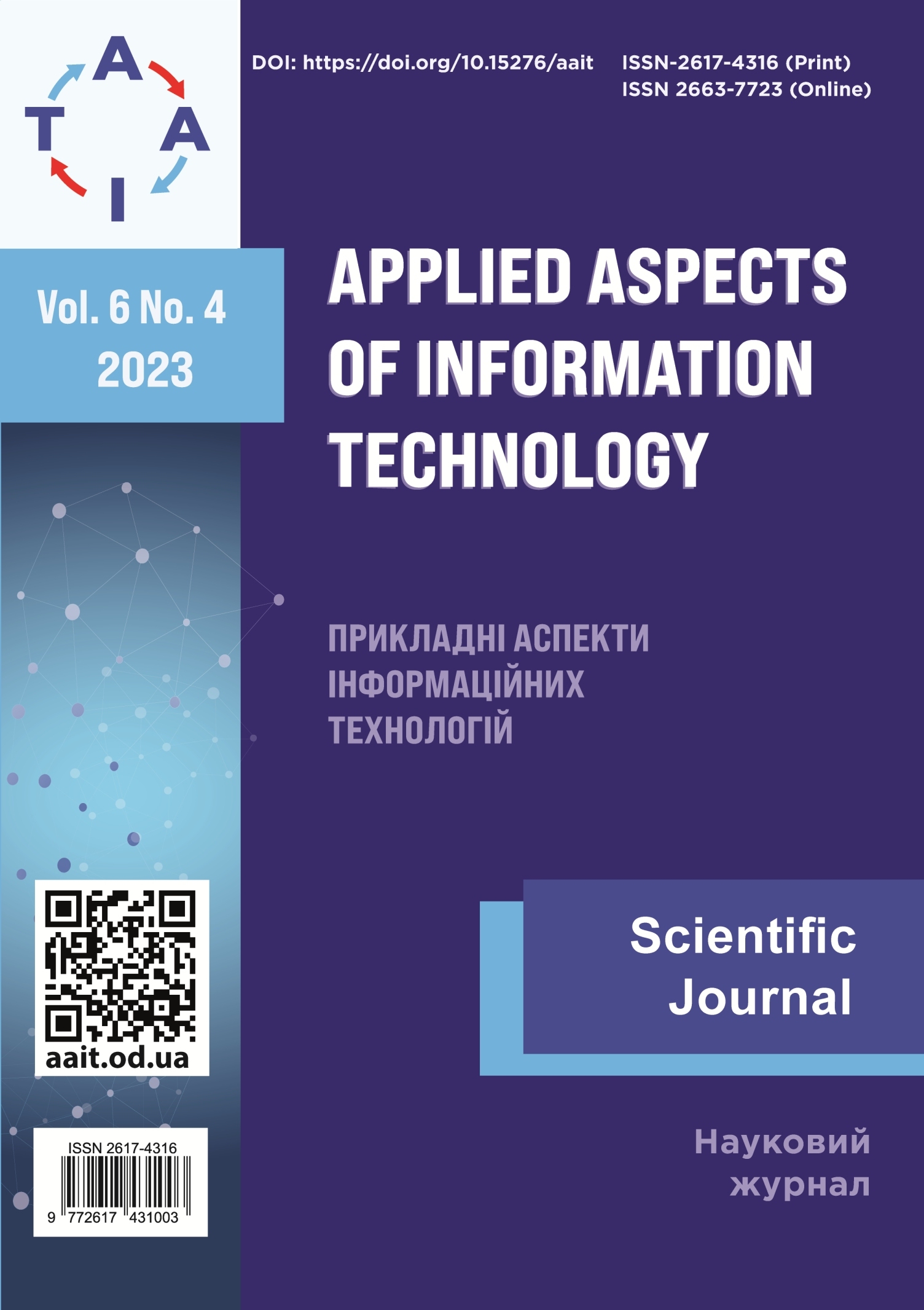Optimization of power dispatching schedule of a charging station based on a micro grid with a photovoltaic module
Main Article Content
Abstract
The world is on a course toward total electrification of vehicles. In the near future, most vehicles will run on electric power. One of the main reasons for users' dissatisfaction with electric vehicles is the lack of public direct current charging stations. Since electric vehicles charging can cause an additional increase in peak load on the grid, the optimal solution is direct current charging stations with photovoltaic generation with a micro grid architecture. If the charging station has a connection to the public grid, then, provided that the solar energy and storage system are optimally utilized, the station aggregator's profit can be increased by selling excess energy to the grid. This paper analyzes the charging habits of customers at direct current charging stations. It was found that the peak demand for charging is observed around 9:00 and 14:00-17:00, the same time as the general peak load on the grid. Thus, the peak charging demand coincides with the peak grid load and increases the net peak of the system. However, this excess demand on the system in the form of charging load can be met by the installed solar photovoltaic system, as the output power of the photovoltaic system is sufficient to meet the charging demand during the peak hours of solar radiation. Thus, for the considered direct current charging station, the optimization problem of dynamic economic dispatch was formulated, since the generation and load schedules change over time. The goal of optimization is to minimize the cost of primary energy. This problem, formalized as a mixed integer linear programming problem, was solved using the interior-point solver of the GEKKO library in Python. Four scenarios for the operation of the station were worked out, in summer and winter, with a fixed and dynamic electricity tariff. According to the results of the study, it was found that in the conditions of a fixed tariff in the summer, the cost of primary energy can be reduced 2.5 times, in fact, increase profits, thanks to the sale of electricity to the public grid. In winter, the use of the optimization algorithm of the station will provide an insignificant cost savings due to low photovoltaic generation. Under the conditions of a dynamic tariff that corresponds to the prices on the day-ahead market, using the optimization algorithm, it was found that for this experimental variant of the station's operation, the maximum profit in summer will be 207.60 UAH, while in winter the cost of primary energy will be 177.47 UAH. The results obtained indicate that the operation of a charging station under dynamic tariffs in the day-ahead market in Ukraine is a promising direction for the development of charging infrastructure in the country and proves the possibility of efficient use of renewable energy sources. Thus, this paper analyzes the global experience of developing charging stations based on micro grids, the integration of renewable energy sources into them, and approaches to building electricity dispatch schedules. The financial feasibility of the station's operation in the context of the electricity market in Ukraine was also investigated.



